House Inspection Checklist for Buying/Renovating
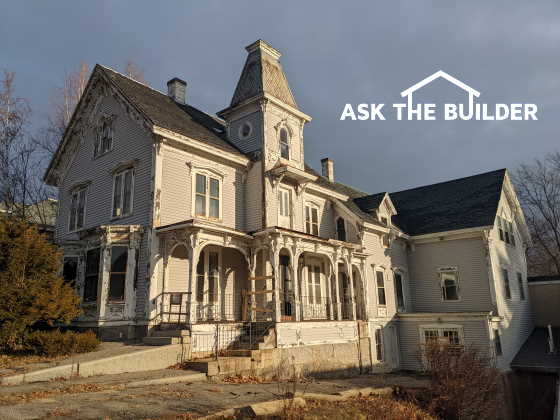
House Inspection Checklist - Are you thinking of renovating an old house like this? You better get my checklist! Copyright 2022 Tim Carter
House Inspection Checklist - The Best One is Here
Not too long ago, I was driving to get an estimate to install a new muffler on my truck. It was just after sunrise and a large sewer project forced me to detour across a street I’d never been on before. As luck would have it, I happened upon an old Victorian house that had seen far better days just as the early-morning sun was giving her a tender morning kiss. It brought back vivid memories of the first old house I purchased and then renovated in the following months.
Perhaps you’ve heard the saying, “You don’t know what you don’t know.” I can speak to the validity of this, and fortunately, I didn’t know much when I purchased that wonderful quaint 3-bedroom home in an FHA auction in the spring of 1975 for $8,000.00.

This is the first house I owned located at 2865 Minto Avenue in Cincinnati, OH! It's still in marvelous shape as of 2021. I remember dumping all the plaster from the second-floor rooms into a chute we had made that extended out from that upper dormer window on the far right. The plaster chunks went into Tony Albanese's 3/4-ton 1950s pickup truck with the flat-head engine in the driveway creating a massive dust storm. I'm sure the neighbors were most unhappy. Copyright 2022 Tim Carter
If I knew then what I know now after all these years of working in old homes for paying customers, I don’t know if I would have purchased it. To be sure, visions of grandeur were floating in my head and that of my new wife of six months just as they did in Mr. Blanding’s in the hilarious Cary Grant movie Mr. Blandings Builds His Dream Home.
I had all sorts of support from my father-in-law who happened to be a medical doctor but real-estate investing was his hobby. But I lacked a wonderful checklist that would have helped me identify possible trouble spots and definite deal-breakers. As I marched through life, I accumulated the hard-earned knowledge that has allowed me to create a really helpful old house inspection checklist.
Foundation
Here are a few things that you should think about if you’re about to go all-in as I did back on that warm spring day. First and foremost, you need to make sure the old house has a great foundation. Just recently, my son was thinking of purchasing an old house and he sent me a photo of a diagonal crack extending from the corner of a basement window down to the floor. The house was almost 100 years old. The crack was less than 1/8th inch in width and there was no evidence of water seepage and the concrete was not offset.
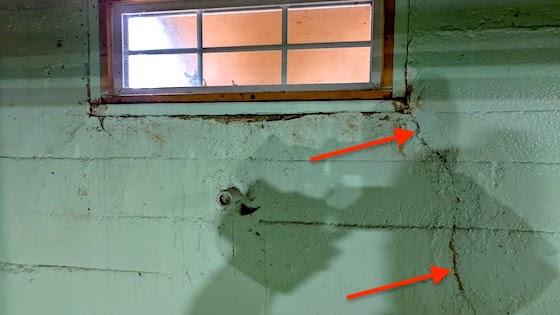
The red arrows point to the crack in the house my son was looking at. It's probably 100 years old. Note it's not wide and there's no offset. Copyright 2022 Tim Carter
My wife thought this was a major defect. I pointed out that it’s normal for concrete to shrink as it cures and cracks at window-opening corners are as common as flies at a summer picnic. The fact there was no water seepage and the concrete was still in the same plane telegraphed to me that there was nothing to worry about. After all, this crack had been there for probably 99 years!
It’s important that the old house’s framing, or bones, are in great shape with no cracks, wood rot, or insect damage. The carpenters of old knew how to keep wood in great shape and most made prudent use of simple tar paper to keep the structure dry for decades.
Plumbing - Is it Cast Iron?
The mechanical systems are next. The presence of cast-iron plumbing stacks is not an issue, especially if you can see the cast letters XH on the pipe. These letters indicate that pipe is extra heavy and might last for hundreds of years so long as the previous homeowners didn’t put liquid drain cleaners down the pipes.
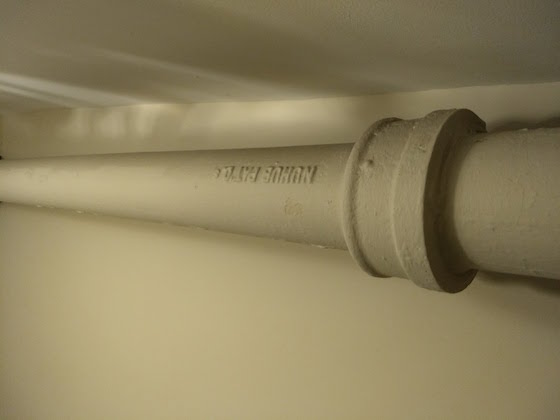
Here's a typical cast iron drain pipe. It's suspended from the ceiling in a stairwell in one of the oldest buildings in Southwest Harbor, Maine. You can see how the lettering is cast into the pipe. Since you don't see the XH in the lettering, it means it's standard weight. Copyright 2022 Tim Carter
If you do see cast-iron plumbing vertical pipes, it almost certainly means you’ll have smaller horizontal galvanized pipes that drain sinks, showers, and possibly tubs. These pipes will almost always be in poor shape and require replacement.
Electrical Wiring
Old electric wires and cables found in most houses built in the early 1900s simply were not designed for today’s modern appliances. You can count on having to install lots of new cables to kitchens, bathrooms, laundry rooms, and other rooms where you might have appliances that consume lots of power.
HVAC System
Don’t underestimate the cost to retrofit your heating and cooling system. Many very old houses simply don’t have the supply and return air registers in the correct locations.
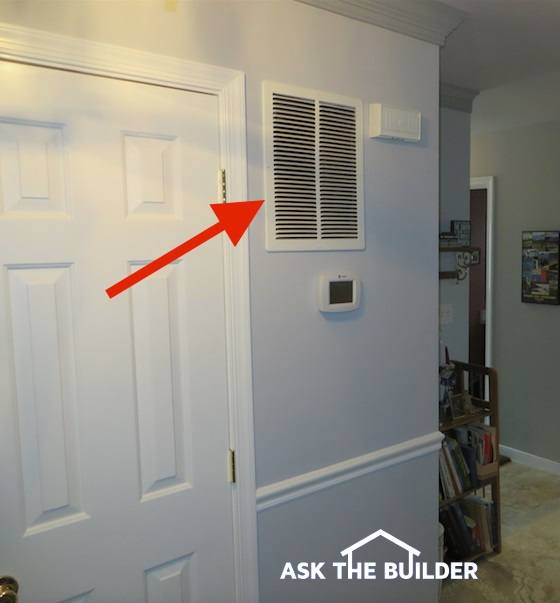
The red arrow points to a large wall-mounted hvac return-air vent. The furnace or air handler is probably on the other side of the wall behind that door. Copyright 2022 Tim Carter
My first house had all the supply vents located on the inside of the house. Decades ago HVAC pros discovered it’s best to flood exterior walls with either heated air in the winter and cool air in the summer. That means the return air registers must be across the room on inside walls. I doubt you’ll see this setup on a house built in 1905!
Lead Paint
If the house was built long before 1967, you can be sure it’s got lead paint both inside and outside. You don’t have to get rid of it, but you most definitely need to understand how to work with it so you don’t get poisoned or poison a loved one. Even scraping exterior lead paint is an issue as you can contaminate soil you may use for a vegetable garden. Never ever sand lead paint.
Trim Woodwork
Realize that you can match both interior and exterior wood trim if you’ve got a big budget. Old-fashioned lumberyards in your area might have their own mill or they know of a local one that can cut new knives that will create matching profiles for all the fancy woodwork inside or outside your home.
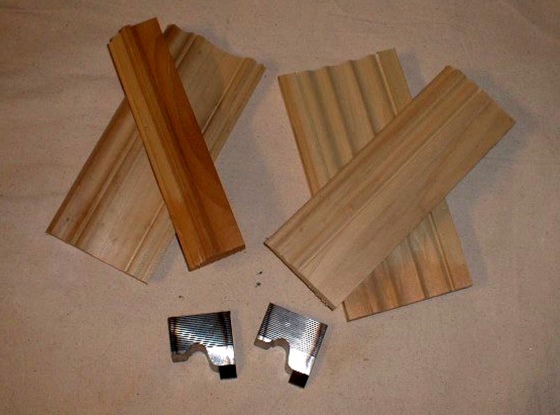
This is custom woodwork I had made to match window and door trim in a Victorian house built in 1900! Woodworking mills can create any profile you can draw. Copyright 2022 Tim Carter
Checklist
I offer a very helpful checklist that can save you hundreds of dollars on a professional home inspector. It points out many of the deal-breakers. Once you find a house that gets a good rating from my checklist, then hire an ASHI inspector. Here’s where to procure my checklist. Be SURE to click on this link:
Get the Best House Inspection Checklist
Column 1446